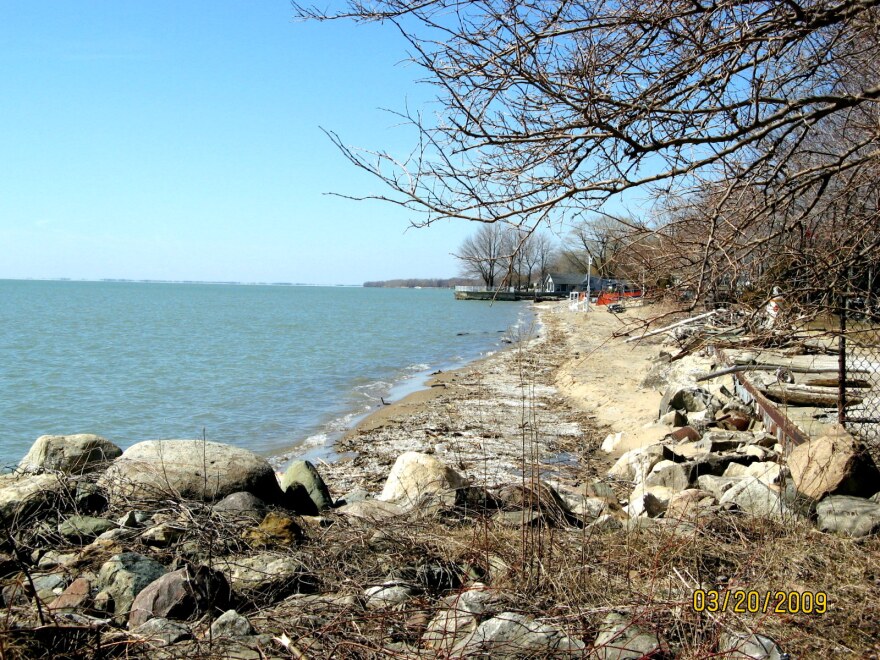A new study published this month in the journal of Environmental Science Water Research and Technology shows Lake Erie's annual dead zone could intensify as the climate continues to warm. Heather Irvine has more.
Lake Erie's dead zone blankets several thousand square miles of the lake's bottom. It is oxygen-starved and phosphorus-infused, reducing habitat for fish and other organisms. A new study marks the first time the process to be so closely monitored. Hannah Anderson of the U of M's Cooperative Institute for Great Lakes Research says this study provides important new evidence.
"The phosphorus that is being dredged up yearly by the dead zones is a result of the legacy of the impacts of our land use as humans."
Until now, no evidence existed to pinpoint when and where this phenomenon occurs in Lake Erie.
"This problem is seen in water bodies around the world and in Lake Erie is so detrimental that the US and Canada has set a goal to minimize its extent by limiting nutrient runoff into the lake."
The study improves understanding of the dead zone's dangerous growth and duration.
Non-commercial, fact based reporting is made possible by your financial support. Make your donation to WEMU today to keep your community NPR station thriving.
Like 89.1 WEMU on Facebook and follow us on Twitter
— Heather Irvine is a writer/reporter for 89.1 WEMU News. Contact her at 734.487.3363 or email her studio@wemu.org





